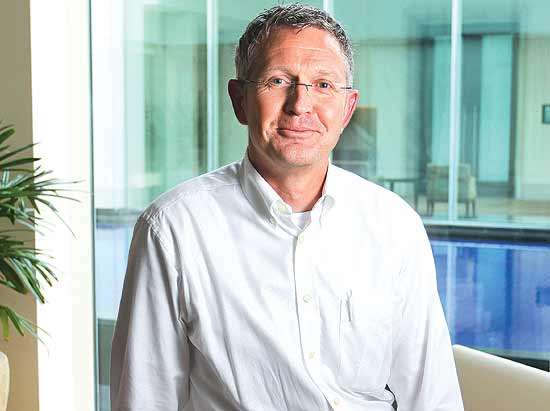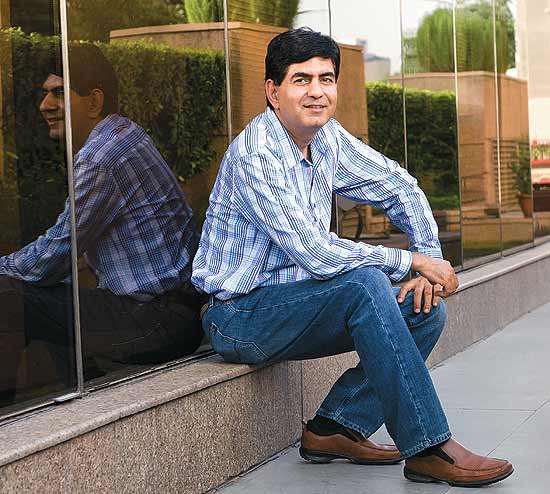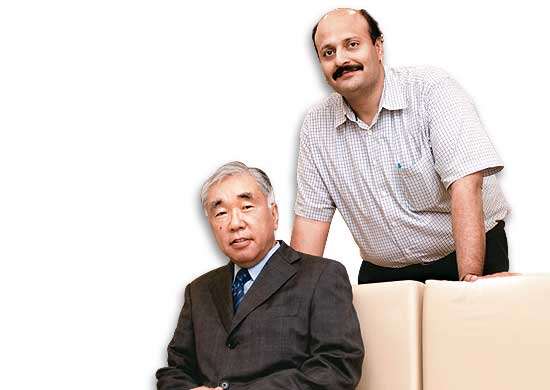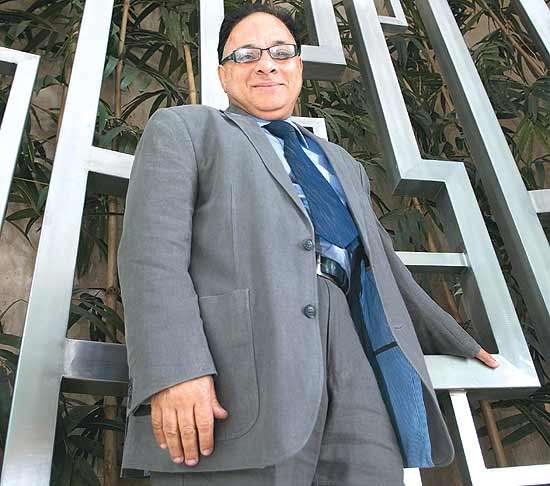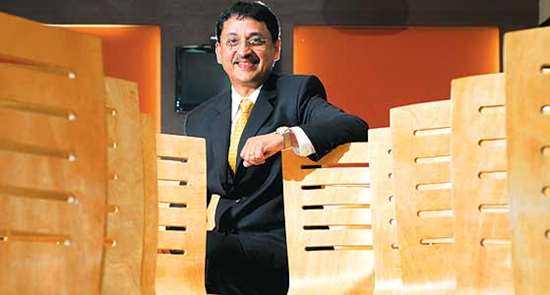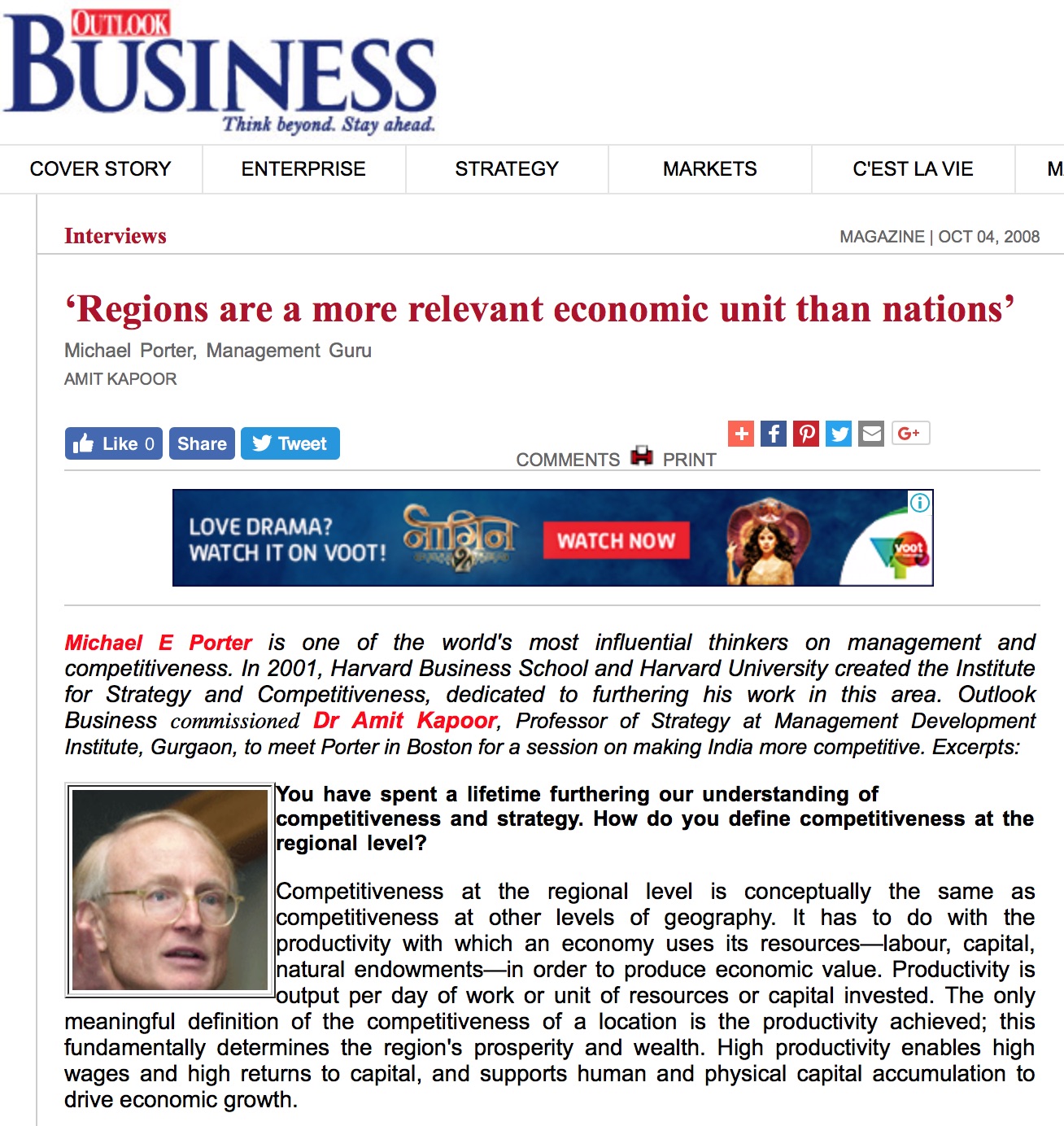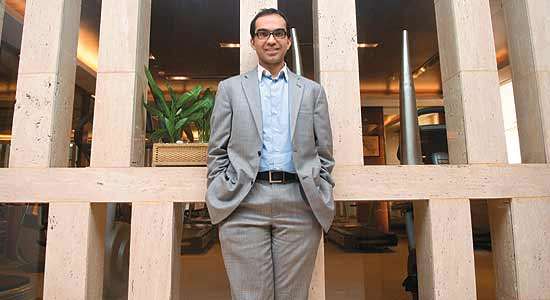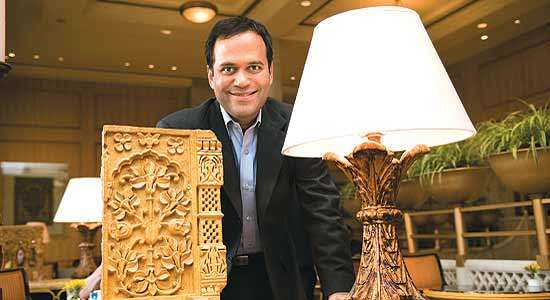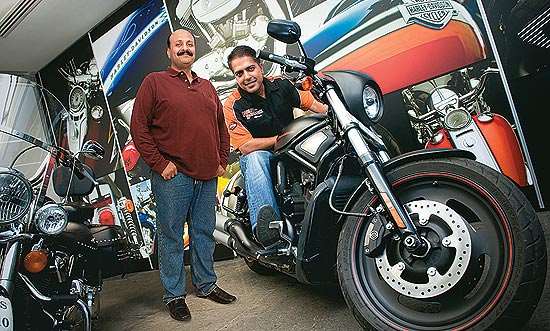Dr Thomas Schmuckli is the Chairman of the Board of Directors of Bossard Holding AG. In a freewheeling chat with Dr Amit Kapoor, Honorary Chairman at the Institute for Competitiveness and Professor of Strategy and Industrial Economics at Management Development Institute (MDI), Gurgaon, Schmukli discerns the dynamics of the industrial fastener industry along with answering questions on the concepts of competition, consumers, trade-offs and strategic tools at play. Edited excerpts:
Can you give us a synopsis of the industry you operate in?
We’re in the industrial fastener industry and serve OEM customers, electronic manufacturers and secondary suppliers along with the railway, machinery and automotive industry. We manufacture an array of products from screws and nuts to bolts and washers.
Our business model is based on three pillars. First: our product. One of our core competencies is the service of providing the best fastening elements to our customers. We maintain a global procurement network of highly qualified manufacturers who assure the authenticity of the products. Second pillar: engineering. We know the products available in the market and also have the ability to sign those products and make their prototypes. We are better equipped to advise our customers on their needs and guide them. We can walk the assembly lines of our customers and analyse their production techniques. Through evaluation, we can identify the errors and recommend to our customers the optimal assembly line. The only intent is to reduce the costs and increase the efficiency level for our customers.
Last is logistics. Although a significant link in the whole process, it is not a very conferred subject. We purchase and store C-parts in modern logistics centres and provide customers with a constant supply of material, thus freeing our customers from the burden of C-parts procurement.
Why do you have these three pillars?
We are traders and not producers and have a huge variety of products at our disposal. Now, understanding customer needs is an onerous task, so in order to sell the products to our consumers we need engineers who have the ability to talk to them at the appropriate level. We realise that fact and for this purpose have a lot of engineering know-how in our group. Next, to handle all these hundreds of parts in one assembly line, we need a logistics system.
To have all these three pillars together gives us a clear differentiation towards other competitors who focus either on the product or on the logistics. We thought in our industry, we would combine that. So that’s our USP, our unique proposition.
What is the size of the fasteners industry across the world?
The fastener market is worth about 40-50 billion Swiss francs. But we focus on the 25 billion opportunity that encapsulates electronics, the heavy machine industry and the railway and marine business.
The other 15 billion comes from the automotive side, which is basically the aviation industry. Aviation is highly regulated and controlled, with all the licensing and approval processes, it takes away the opportunity and flexibility to play on the sourcing side.
We want to maintain flexibility in the electronics market where we have more opportunities and can play our strength to know all the producers, the prices of the sourcing side and to deal with the prices on the sales side, so that it proves to be a win-win situation for us.
So, considering the global scenario, will you call this a global or a local industry?
We have 30 global players but thousands of local players. So, while the business is global because of global players like ABB, Schneiders and John Deere on one side, the basis itself is very local in terms of the 4 million sales companies and distributors who know their customers and work at the local level.
Who is your biggest competitor?
Our biggest competitors are the top 20-30 globally upgrading competitors. But I’m convinced that locals will make progress soon and educate themselves through their customers. Nevertheless, costs will always be an issue and locals will always have the advantage of selling the product at a fairly low price.
You said that you were more of a trader. How do you look at an Indian strategy wherein you are actually into manufacturing as well as a joint venture?
For us, it’s always been history and through this history, we have had the opportunity to meet people who used to produce and manage. Since these people knew the Indian market, it gave us the opportunity to come to India and start operations here. This also provided us with the time to test whether our strategy to be a trader and not a producer is still valid or needs to be reviewed and adapted.
Talking about this 40 billion market, where is the major chunk of the revenue coming from?
We have five big entities: Switzerland, France, Denmark, China and the US. India, although a growing market, is not one of our big five.
In the last 10 years, the top three European nations were strong contributors to the revenues. But in the last two-three years, we have made tremendous progress in terms of profitability in the Asia Pacific region. For instance, Taiwan and Malaysia though small bases, have proven to be very profitable.
You’ve had the experience of working with both India and China. What is has been the differentiating factor there?
The difference was that when we entered the Chinese market, the European customers were already present there. So it can be said that we followed our European customers and served them in China. However, in India we started from scratch by serving the Indian customers. We had Indian people heading and managing the Indian organisation. And all the learning happened at the table, in the seminars and in the meetings. That’s how we tried to get in touch and learn from each other. We started with Indian customers and brought in opportunities to elevate European customers as a result of the collaboration.
Also, in China, it has been the other way around. We had all the managers first and even had people from the US. Only at the second and third level of management did we have local Chinese people. It took us quite a while until even Europeans trusted and collaborated with Chinese people. We had to chase the local Chinese customers there and that was a completely different approach. Even now we have to deal with the Chinese customer who still prefers local Chinese distributors and with whom they share a personal relationship.
Fasteners, although a very non-glamorous industry, does have technology getting into it. How do you think this industry is going to look in the next 20 years?
The change in the fasteners industry will come with the introduction of services. Currently, we just have the product, but the product itself is not enough. We have to provide solutions/services around our product. And people who are ready and fit enough to understand what the customer needs will be able to set up and provide customised services.
But a fastener is essentially a screw. How do you augment this product to a service?
We can serve customers by providing them optimum solutions based on our experience and expertise. To elucidate, say a customer has to fix two parts, which is possible with only four screws but he is using 10. This is where we can come in and advise him on the most advantageous technique. So it is a service based on our knowledge, which can prove profitable for our customer. So that’s how we want to make business and develop with our customers.
You’re operating in an omnipotent industrial market. How do you think the industrial consumer is changing across the world?
It has been a regional change. Earlier, our consumer base was in Europe and the US, but now focus has been redirected to Asia. This implies that the whole system of logistics and the production base has shifted along with the planning strategy. One has to focus on new customers who have different needs. Since they have inconsistent purchasing power, we have to adapt to it and produce low cost products.
What is the most important trade-off you made in terms of your business planning process?
At the board level, the only perplexing decision was to identify our USP. We decided that we wanted to really focus on our three-pillar model of product, engineering and logistics. We wanted to be the best player on the engineering side. So that was a key decision. Second was to continue as a trader and not engage in any production activities. Lastly, we wanted to be a partner for all global machine producers and heavy metal industries. This meant we had to invest in engineers and services, something we have always been able to challenge.
We were a Swiss company with very few businesses abroad. But in the second half of the 1990s, the sixth generation of our company went international. That was a turning point. We grew five acquisitions. However, after the crisis of 2001, we harmonised, standardised and optimised our processes. And now we have a platform around the globe, which allows us to grow potentially and profitably.
So why did Bossard decide against manufacturing?
It’s just history…. probably because we never produced. We were of the opinion that we should not do it because we do not have the know-how. Pretty simple!
We started in 1832 as a silk trader and were in the silk business. All of a sudden, we went off the silk business and came into the fasteners market. But we were always traders; we essentially bought something and sold it at a higher price. That’s what it came to. There were two types of Swiss companies engaged in silk business. People who were in the silk business that time have converted into private bankers now. The other entrepreneur of that time, Bossard, is involved in the fastener business. And we haven’t contemplated the necessity of entering the producer market yet. I hold the view that if you plan to invest in production; you need to have the competence.
Is manufacturing a low-margin business compared to trading?
Not at all. Perhaps they get good business; perhaps even higher margins. But for me, production is a higher risk business than pure trade. Nobody on our board has the experience of producing screws or fasteners. Nevertheless, we have had the trust our producers. Apart from this, we are also aware of the credibility of the product we are selling. We have the engineering line but we have not yet ventured in that arena because we still believe that we can solicit new clients.
What is going to be the biggest challenge to your business in the next 20 years?
The biggest challenge is going to be resources, not human but natural. For example, if the Chinese don’t share their earth/rare metals with us, we will see problems in producing iPhones. So accessibility to the metals is going to be a huge challenge.
What’s your view on the concept of environment? How do you incorporate this aspect in your business?
We are focusing on green energy and more specifically on solar panels. Frankly, we haven’t yet discussed systematically what such challenges mean at a strategic level. So we need to assess this and think in a time frame of around 10 to 20 years and not three to five years, something we have been following till now.
How would you describe India as a market, compared to Europe?
I see a lot of chaos here and for me—this chaos works. There is a lot of proficiency in those people who deal with their daily lives in this chaos. Europe is a digital world but here there is dynamism!
Industry Dynamics
- Market size between 40-50 billion Swiss francs. The 25 billion opportunity coming from the electronic, heavy machinery, railway and marine industry. The rest of the 15 billion from the auto industry.
- Five big Entities: Switzerland,France,Denmark,China and the US. India although a growing market, not part of the big five.
- 30 global players along with more than 4 million local sales companies.
Bossard’s Three Pillars
- Product: Authentic products from a global procurement network, direct from stock.
- Engineering: Provide technical advice on the products to the consumers during the development stage of a new product, in order to minimise costs in the production and assembly stages.
- Logistics: Uses the most modern technology and logistics systems to store C-parts and ensure constant supply of material to its customers, thus freeing them from the burden of C-parts procurement.
4Cs Model
Context
- Rising importance of the introduction of services felt by the players.
- Slow penetration of technology in the market.
- Confronting issue of environmental degradation.
Customer
- Ranging from OEM customers, electronic manufacturers to the railway, machinery and automotive industry.
- Consumer base shifting from Europe and US to Asia.
- Consumers having varied needs along with varied purchasing power.
Company
- Functioning as a trader at the global level along with 4 million local sales companies.
- Focus on green energy and solar panels.
Competition
- Largely, the top 20-30 globally upgrading competitors.
- Local competitors producing low-cost products.
The Strat Speak interaction was published with Outlook Business on August 20, 2011.

